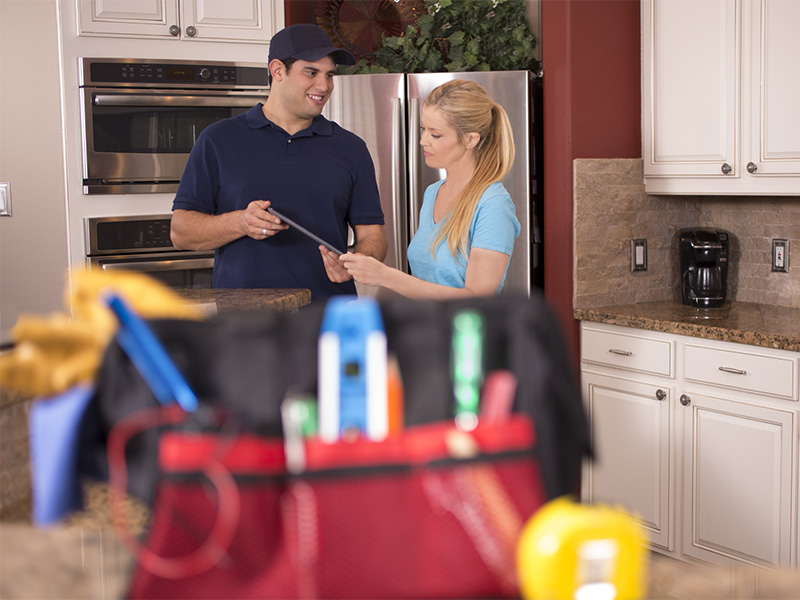This page explains the latent electric shock and fire hazards associated with Federal Pacific Electric Stab-Lok® electric panels and circuit breakers and in Challenger® electrical panels and circuit breakers. Federal Pacific Electric "Stab-Lok® " service panels and breakers are dangerous and can fail, leading to electrical fires. The problem is that some 240-Volt FPE circuit breakers and possibly also some 120-Volt units simply may not work.
Replacement FPE Stab-Lok® circuit breakers are unlikely to reduce the failure risk of this equipment. We recommend that residential FPE Stab-Lok® electrical panels are replaced entirely or the entire panel bus assembly be replaced, regardless of FPE model number or FPE year of manufacture. We do not sell circuit breakers or any other products.
How Many FPE Stab-Loks Are There? Why Are They Still In Place?
It has been suggested that there are as many as 28 million of these FPE Stab-Lok® breakers in use in the U.S. which means that in some conditions as many as one million of them may fail to provide proper fire protection. This includes "new old stock" and appears to include "substitute" FPE Stab-Lok® circuit breakers, none of which have shown an improvement in reliability in independent testing.
Three thousand FPE type breakers tested to date (2018): the statistical certainty of conclusions drawn from the data is very high. These breakers have a significantly high rate of failure to perform safely. Details are at CIRCUIT BREAKER FAILURE RATES and also at FPE INVESTIGATION CPSC
So, the right "repair" is to replace the FPE Stab-Lok® electric panel.
But where are they?
Most homeowners whose houses are served by these panels are unaware of the hazards. So too are some inspectors and contractors. Because most homeowners do not order periodic electrical safety inspections, the presence of these panels is often undiscovered until an inspection made in the course of renovating or selling a property. Our field experience indicates that even when problems occur with this equipment, often it is simply removed or replaced with little publicity. Neither manufacturers nor some electricians are inclined to frighten consumers.
See HOW to IDENTIFY FPE Federal Pacific Stab-Lok® Electric Panels - is yours one of these?
What is the FPE Stab-Lok® Failure Rate and How Much Worse Is It Than Other Equipment?
FPE Stab-Lok® or Federal Pacific Electric Stab-Lok® circuit breakers can fail to trip at an alarming rate. In the original testing, at a modest overload (135% of rating) switches that had never been touched (never mechanically switched) were energized on both poles. These failed 25% of the time, followed by a lockup that meant the switch would never trip in the future at any overload. Once these switches had been flipped on and off (mechanically energized), failures increased to 36%!
Worse, when individual poles on these switches were energized under the same conditions, 51% of the "virgin" switches failed, and for switches that had been mechanically energized, a whopping 65% of them failed!1
In the most recent independent tests of FPE Stab-Lok® equipment, using a larger pool of FPE Stab-Lok® circuit breakers than the older CPSC and Wright Malta tests found significantly higher failure rates of FPE Stab-Lok® circuit breakers, including a look at critical safety failures (breaker failed to trip at 200% of rated current or jammed) which found up to 80% failure rate for FPE Stab-Lok® GFCI circuit breakers (n=4), 12% failure rate for double pole FPE Stab-Lok® circuit breakers (n=120), and a 1% failure rate for FPE Stab-Lok® single pole circuit breakers (n=345). (To download this article, see "Technical Reports" below.)
When a circuit breaker will not trip in response to an overload there is a serious risk of fire.
What is the Proper Repair for FPE Stab-Lok® Panels and Circuit Breakers?
Homeowners and renovators who encounter these panels should replace the entire panel and circuit breaker set with new equipment. Panel replacement can involve significant expenses, typically $800 to $1200 depending on service size and other factors.
Do not simply replace individual FPE Stab-Lok® circuit breakers: First of all, there is no data suggesting that new stock, replacement FPE breakers, or "new old stock" FPE breakers found in storage somewhere perform any better than the ones already in the FPE Stab-Lok® panel. Second, there are other functional and safety concerns in the panel besides the breakers themselves. We've seen panel bus damage, panel bus meltdowns, and failure of breakers to remain secured in or onto the connecting bus itself.
Replacement Federal Pacific Electric FPE Stab-Lok® Circuit Breakers
For several reasons I do not recommend attempting to "repair" an individual failed Stab-Lok® breaker by buying a replacement either from used stock, new stock, or "compatible" stock:
● The replacement equipment and parts for FPE Stab-Lok® panels has not been independently tested and demonstrated to perform any better than the original materials
● Engineers involved in FPE Stab-Lok research have explained that a good part of the source of product failure for FPE Stab-Loks was in the original design and its specifications. It appears that while there were some "on the fly" (and unapproved) changes from time to time on the manufacturing line for this product, there was never a redesign suitable to attempt to "design out" the product failure.
One expert opined to me privately that he believed that the original product's price point in the electrical equipment market was at the low end, and that had Federal Pacific attempted a redesign they'd not have had a product they could sell at their price point.
●There are other hazards in FPE electrical panels besides the breakers, including bus and bus insulation meltdowns and shorts. A few other warnings:
● "Exercising" the FPE Stab-Lok circuit breakers by turning them on and off has not been shown to "un-stick" or in any other manner improve the probability of working properly. Worse, excessive toggling of an FPE 2-pole circuit breaker on and off may in fact increase the chances of a future failure by causing the breaker to jam internally.
● "Testing" FPE circuit breakers by applying a load may give an instantaneous picture of the performance of individual breakers but it does not predict their performance when a real safety problem occurs (over-current) later. More important, except if performed by a very expert person, in-place testing is very dangerous, risking fires in the building being tested.
In sum, if you could replace all the FPE Stab-Lok® equipment with (somehow magically obtained) all "new" FPE Stab-Lok® equipment (found in a used-or new-old-stock warehouse for example) the risk level for the building would not be sufficiently different from before the replacement and would remain high: there remains a latent risk of fire from the failure of these breakers to trip in response to over-current. Replacement of Federal Pacific Electric FPE Stab-Lok® Panels is Recommended!




















































